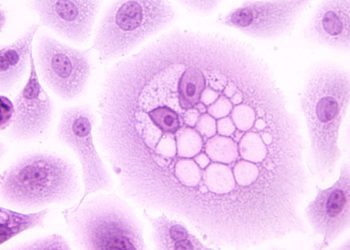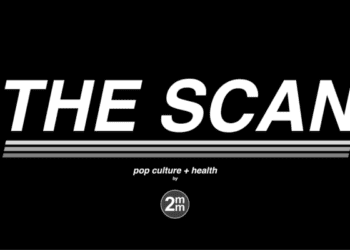HPV vaccinations for boys can increase benefits of vaccination program
1. As near-universal human papillomavirus (HPV) vaccination of girls is achieved, the burden of HPV-related cancers in men can be reduced by 66%.
2. Vaccinating boys can largely be beneficial in preventing anal carcinomas, specifically in men who have sex with men.
Evidence Rating Level: 2 (Good)
Study Rundown: The human papilloma virus (HPV) is a leading cause of cervical cancer as well as cancers of the anogenital and head and neck regions. HPV vaccination has been primarily targeted towards and covered by insurance for young adolescent girls, but the effect of vaccinating boys on the rate of non-cervical cancers in men has not been well studied. The purpose of this modelling study was to assess the benefit of vaccinating boys in preventing HPV-associated cancers in men. The authors determined that if 60% of girls receive the vaccine, the burden of HPV-associated cancers would be reduced by 37% in men. The incremental gain from vaccinating 12-year-old boys would be about 9 quality adjusted life years (QALYs) per 1000 boys vaccinated. 795 boys would have to be vaccinated to prevent one case of cancer. If vaccine administration among girls is increased to 90%, the burden would be further reduced to 66%. The gain from vaccinating boys becomes 4.8 QALYs per 1000 boys vaccinated, and 1735 boys would need to be vaccinated to prevent one cancer case.
This study was able to determine that at higher HPV vaccination rates and with vaccination of boys, there is a predictable decrease in QALYs lost to infection related pathology. Specific populations, namely men who have sex with men, derive the most benefit although the general population will also benefit. The fact that the data was derived from a Dutch national cancer registry makes the results more generalizable to the general population. While Bayesian model have inherent flaws as predictive models, the study presents strong evidence for support of male HPV vaccination coverage especially in light of less than target female vaccination rates.
Click to read the study, published today in the BMJ
Click to read an accompanying editorial in the BMJ
Relevant Reading: Impact of vaccinating boys and men against HPV in the United States
In-Depth [modeling study]: This study looked to quantify the reduced burden of HPV-associated cancers in men if boys were also vaccinated against HPV. Using a Bayesian evidence synthesis approach and Dutch cancer registries, the burden of anal, penile, and oropharyngeal carcinomas was assessed in heterosexual men and men who have sex with men. At the 60% vaccination rate in girls, the gain from vaccinating 12-year-old boys is 9.1 (CI95% 7.1-11.4) QALYs per 1000 boys vaccinated. 795 (CI95% 660-987) boys would have to be vaccinated to prevent one case of cancer. If the vaccine uptake among girls is increased to 90%, the gain from vaccinating boys becomes 4.8 (CI95% 2.8-6.9) QALYs per 1000 boys vaccinated. 1735 (CI95% 1,240-2,900) boys would need to be vaccinated to prevent one cancer case. In terms of specific cancers, 2,593 (CI95% 1,934-5,129) boys need to be vaccinated to prevent one case of anal cancer, 6,484 (CI95% 3,037-16,534) to prevent one case of oropharyngeal cancer, and 29,107 (CI95% 16,828-79,557) to prevent one case of penile cancer.
©2015 2 Minute Medicine, Inc. All rights reserved. No works may be reproduced without expressed written consent from 2 Minute Medicine, Inc. Inquire about licensing here. No article should be construed as medical advice and is not intended as such by the authors or by 2 Minute Medicine, Inc.






![Weakened grip strength associated with increased morbidity and mortality [PURE study]](https://www.2minutemedicine.com/wp-content/uploads/2015/05/9266_lores1-75x75.jpg)
